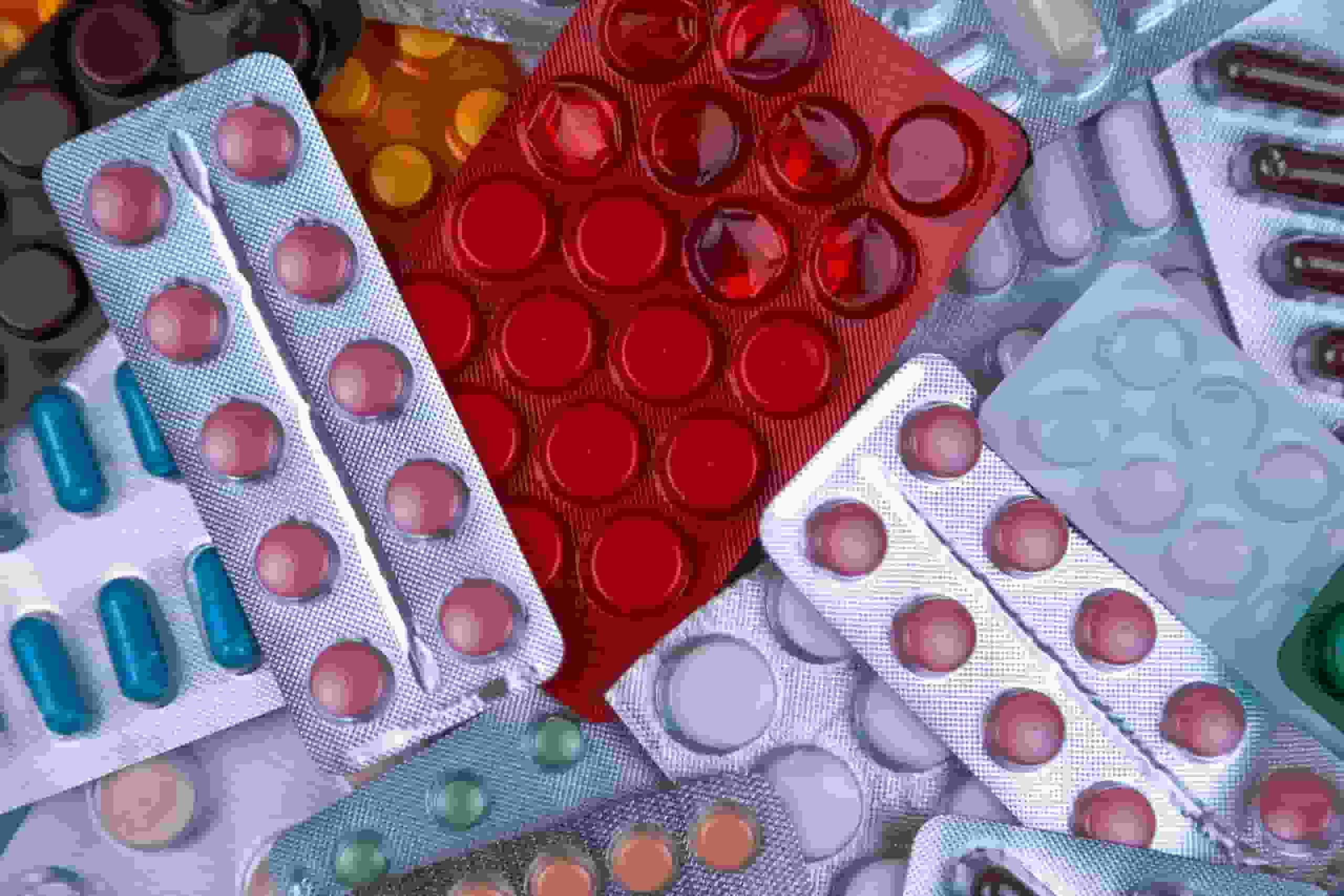
Drug shortages in the US have reached emergency levels, making it difficult for cancer, heart disease, and transplant patients to obtain life-saving medications.
According to the American Society of Health-System Pharmacists, there is currently a five-year high nationwide shortage of up to 300 medications.
Supply Chain Challenges and High Demand
They range from chemotherapy and antibiotics to an antidote for lead poisoning to a sterile fluid used to stop the heart during bypass surgeries.
Experts caution that the trend, along with abrupt increases in demand, is being driven by a small pool of producers, low prices for generic medications, and plant closures.
While the US continues to be mostly dependent on the importation of medications from China and India, supply networks have yet to fully recover from the COVID-19 pandemic.
This year, strep throat outbreaks and other often innocuous ailments spread across the nation, driving the rising demand for generic medications.
14 of the medications, the majority of which are injectables used for chemotherapy, are oncology pharmaceuticals.
Patients are forced to postpone receiving treatment when providers can’t get them, frequently with detrimental effects on their health.
High demand or overprescription may be to blame in a few instances. But generally speaking, there is just a persistent shortage of these medications right now rather than a particularly strong demand.
Complex Issue of Generic Drug Shortages

Covid-related disruptions may contribute to the problem, although they primarily occur abroad, and the shortages primarily impact US-made generic medications rather than those that are imported.
The main problem isn’t one that American pharmaceuticals frequently face: they are too affordable.
Most of the medications that are in low supply are generics. Contrary to brand-name medications, which can command exorbitant rates thanks to their manufacturers, generics compete primarily on the basis of pricing: the lower the price, the better.
According to Richard Frank, a senior fellow in economic studies at the Brookings Institution, large buyers that account for 90% of all generic drug purchases—Walgreens, Red Oak Sourcing, or ClarusONE—sign contracts with generic drug makers that put low pricing above all other considerations, including the manufacturer’s capacity to provide a consistent supply of the medication.
Read more: AI Revolutionizing Biotech: Transforming The Landscape Of Drug Development

